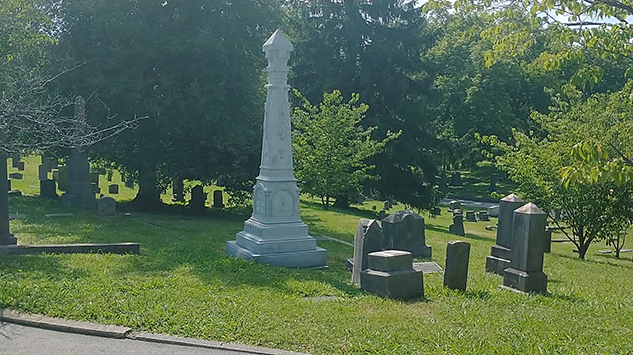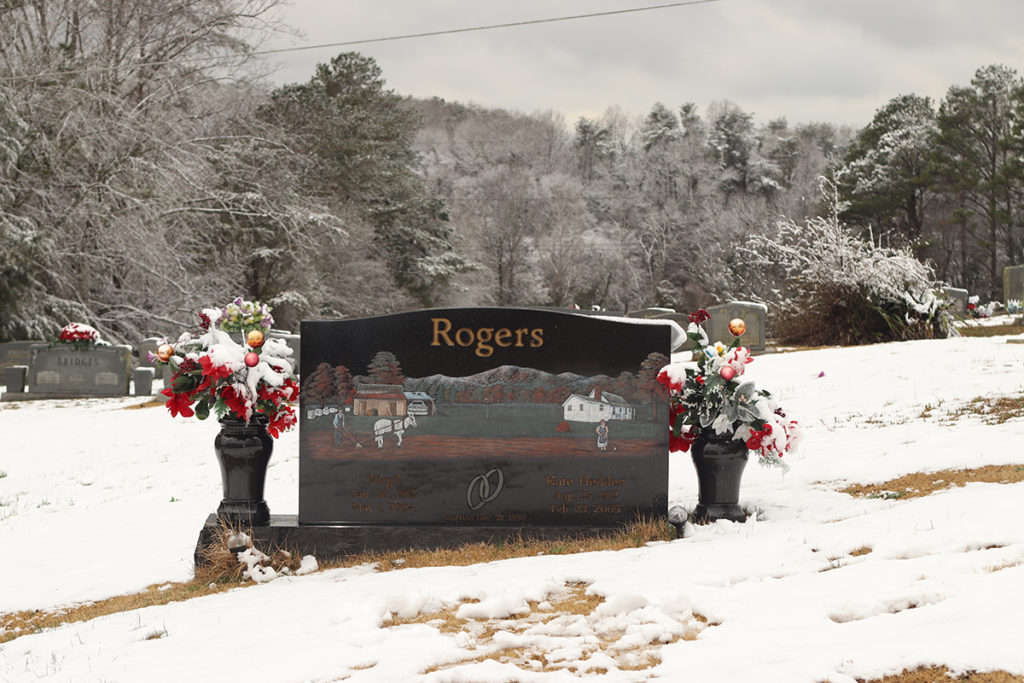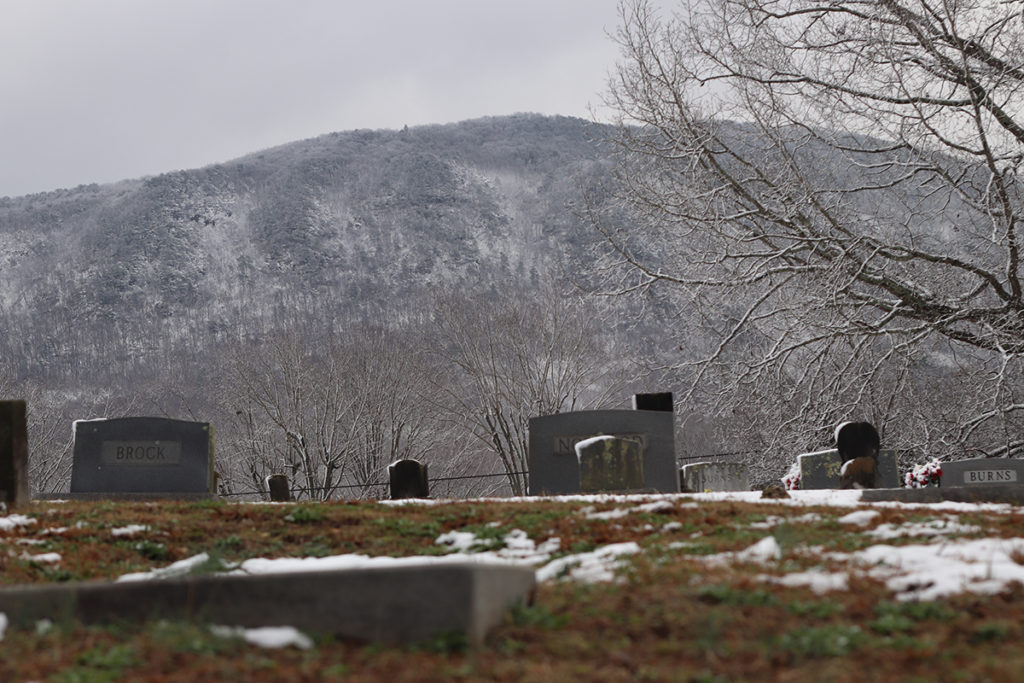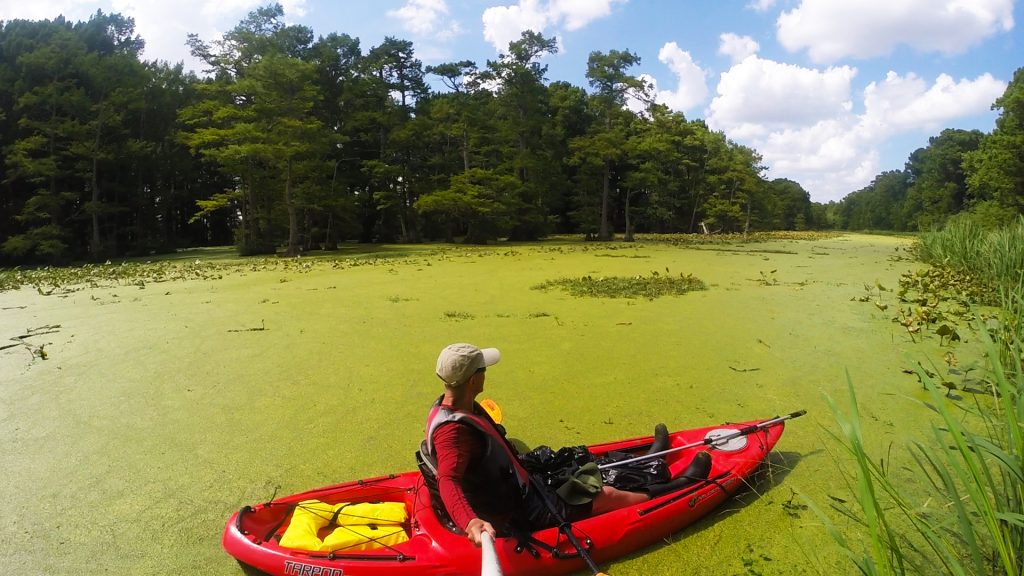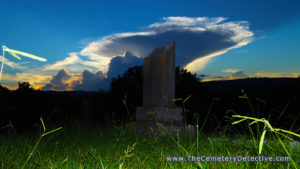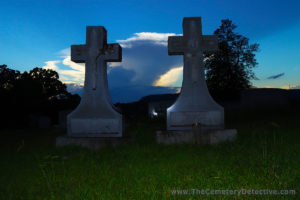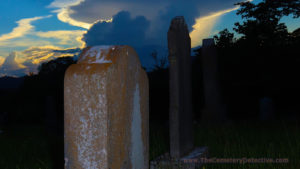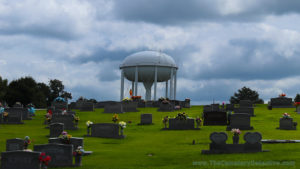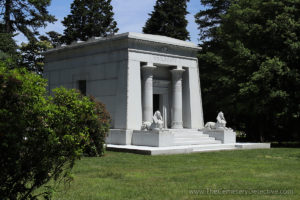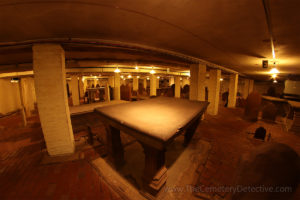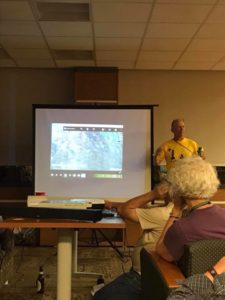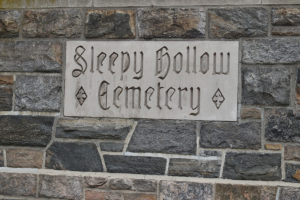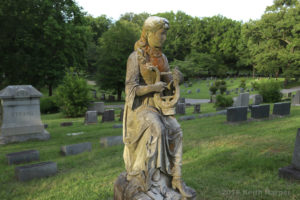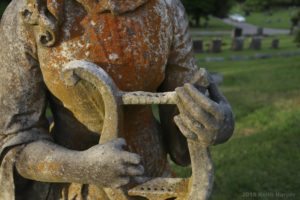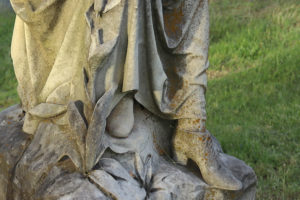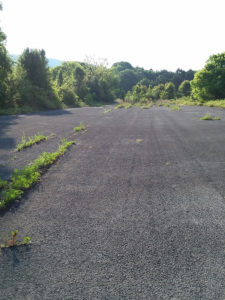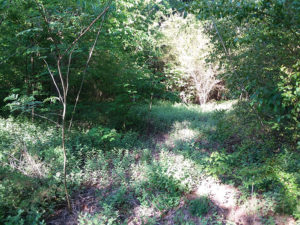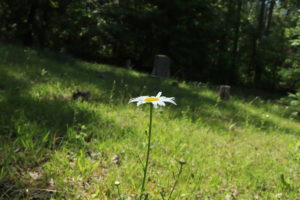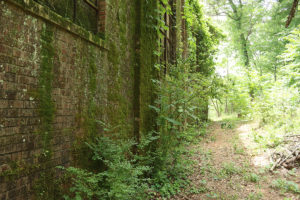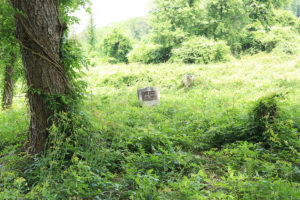Have you ever visited a cemetery and noticed 1 gravestone that appears different than all the others?
If you are in a cemetery, you will see all different types of stone used in the creation of gravestones and monuments and headstones. Some grave markers will be made from marble. Marble is an interesting rock type that has been used for centuries in cemeteries as memorials and gravestones. Marble is a metamorphic rock which lends itself to beautiful carvings as gravestones.
Limestone Gravestones
Limestone is also used quite regularly in cemeteries. There are different varieties of limestone. Much of this particular type of rock is used in cemeteries due to its economic cost and ease of transport. Some limestones are different than others.
Sandstone Gravestones
Some cemeteries have sandstone grave markers. Sandstone is beautiful. Color and texture of sandstone depends on the specific geographic location and depth of the original stone.
Granite Gravestones
Granite gravestones are certainly in wide use in cemeteries today. Granite grave markers are easy to come by. Our advances in quarrying methods, inscription tools, and transportation make granite an affordable grave marker.
As easily recognizable as these gravestone materials are, keep your eyes out for headstones that look different from all these other stones. I recently visited Old Grey Cemetery in Knoxville, Tennessee. Within this cemetery I found a most unusual looking marker.
Zinc (White Bronze) Grave Marker
It is an obelisk with panels. I heard a hollow ring when I rapped it with my knuckles. This is a Zinc Grave Marker. Zinc grave markers are also known as White Bronze. Many of these grave markers were produced by the Monumental Bronze Company.
This particular “zinky” was manufactured by the Detroit Bronze Company in Detroit Michigan. Detroit Bronze Company was a manufacturer (subsidiary) of the Monumental Bronze Company out of Bridgeport, Connecticut.
Detroit Bronze Co. operated from 1881 – 1886.
Zinc Grave Markers are very common. I find them in many cemeteries I visit. I even found a zinc grave marker in a cemetery in Bermuda.
Have you ever found a zinc grave marker? Please tell me about it in the comment section below.

